Civilization and Its Malcontents
Staring open-mouthed at 17 in my Buddy Holly glasses, chinstrap beard, espresso-stained insides, putrid Chuck Taylors and newsprint-smudged fingertips, I wondered what had happened to the world into which I was hoping to enter so well rehearsed.In post-1950s America, an average person’s concept of what might be the meaning of life was more likely than at any other time in history to draw on a wide range of source material.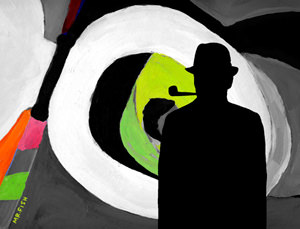
In post-1950s America, an average person’s concept of what might be the meaning of life was more likely than at any other time in history to draw on a wide range of source material culled from a broad swath of disciplines throughout the culture. In order to understand why peace was elusive in Indochina, for example, in addition to looking to contemporary scholarship and modern reporting on the subject, one was as likely to draw on the teachings of Gandhi, Jung and McLuhan as much as on the work of Kerouac, Coltrane and Warhol. When contributing to a conversation about baseball, transcendental meditation or political assassination, insight was as likely to stem from a passage pulled from C. Wright Mills, Samuel Beckett or Susan Sontag as it was from a musical quote excised from Charles Mingus or a visual denouement remembered from Ernie Kovacs or a publicly pulled punch line from Ken Kesey and the Merry Pranksters. MAD magazine was in competition with The New York Times for truth-telling; female sexuality was the volatile and thrilling combustible MacGuffin created by combining equal parts Miller and Millett, and the news analysis offered from “That Was the Week That Was” and “Rowan & Martin’s Laugh-In” was often eminently more insightful than that offered from Walter Cronkite and CBS News or Bishop Sheen or Mom and Dad.
Specifically, the concept that one required a certain familiarity with a number of different points of view in order to perceive the three dimensionality of existence — that is, that one need not automatically assume that mainstream media was the most complete and reliable information source available — was verging on common knowledge, and, as a child, I thrilled to the notion that I might grow up both contributing to and becoming enlightened by all the burgeoning guesswork being offered by humanity as to what it meant to be the missing link between the most compassionate apes and the most treacherous angels.
In fact, there was a definite sense while growing up in the early ’70s that, finally, after a very deliberate and concerted effort by a dedicated group of very brave and very imaginative baby boomers, all the repressive social apparatus that had found its fullest expression by the middle part of the 20th century had been unraveled by the emergence of the counterculture and the growing popularity of a number of different literary, social and art movements, including the beatnik movement, the civil rights movement, bebop and cool jazz, abstract expressionism and action painting, protest folk, modern dance, Theater of the Absurd, neorealism and art house films, gonzo and New Journalism, the Confessionalist movement among poets, the feminist movement and the satire boom. Never again, so sounded the promise, would Americans need to feel so pressured to believe that their civic duty to both God and country alone trumped whatever personal journey of self-discovery their natural curiosities and personal inclinations begged them to commence. Never again would the citizens of the United States believe that in order to succeed in life they had to subjugate themselves to the woefully narrow fairy tale that the upward trajectory of Western civilization required that everyone maintain an unquestioning allegiance to, and nonparticipation with, the bureaucratic elitism of the federal government while simultaneously maintaining an almost manic devotion to cloying patriotism, rampant materialism and the codification of racism, sexism and classism into the status quo.
Because of the counterculture, anti-establishmentarianism could no longer legitimately be regarded by straight society simply as a non-belief — as nothing more than a reactionary disdain for the tenets of the dominant culture for the sole purpose of demonstrating contrarianism — but, like atheism, was correctly perceived in more contemporary terms as a viable, humanitarian philosophy unto itself, characterized by its own moral and intellectual purpose and self-perpetuation and frank usability. In other words, there was a definite sense while growing up in the early ’70s that, finally, after decades of political and cultural and existential struggle, American democracy was enjoying its fullest expression and that anything — at long last! — was possible.
Regretfully, however, after spending my entire adolescence memorizing, first, all that had inspired the ’60s enlightenment period — namely, the turn-of-the-century European and Russian intellectualism as demonstrated famously by the worldwide propagation of Marxism, psychoanalysis, existentialism, individualist anarchism, modernism, bohemianism, naturalism, realism, nihilism, agonism, futurism, decadence and absurdism — followed by a thorough examination of all the players responsible for igniting the democratizing era that ran for about 14 years known as The Sixties, I eventually came of age in a culture composed of significantly less symbiotic parts than I’d been preparing for. Gone, suddenly, was the worldwide peoples movement that had promised to socialize empathy, communalize self-reliance, intellectualize the passions of the id and to institutionalize a radical intolerance of institutions. In its stead was something that appeared to be its opposite, exemplified by such things as the war on drugs, the yuppie movement, Reaganomics and fashion trends that, like a network of completely perplexing diseases, sociologists are still wary to approach for close analysis for fear of contracting a truly virulent strain of Jan Hammer.
Staring open-mouthed at 17 in my Buddy Holly glasses, chinstrap beard, espresso-stained insides, putrid Chuck Taylors and newsprint-smudged fingertips, I wondered what had happened to the world into which I was hoping to enter so well rehearsed. Had the idealism of the ’60s been so ethereal as to have dissipated like cherry smoke, a victim of its own weightless optimism, or had it been dismantled by the super-sizing of corporate America? Had it been forever destroyed by the massive deregulation and privatization movements begun in the 1970s and early ’80s; movements that had given unprecedented amounts of power and influence to business markets which had then in turn — by being, at their philosophical centers, nothing but private anti-democratic tyrannies capable of corrupting even the most humanely driven among us (Jerry Rubin being the most famous example) with what Lewis Lapham once referred to as “enlightened selfishness” — bribed its participants, literally, away from their ideals with the most excessively narcissistic and ego-gorging of creature comforts?
Existing both in celebration of all that was promised to my generation by the artists and writers and public intellectuals from the ’50s, ’60s and ’70s and in mourning of all that the 21st century has failed to collect upon with respect to those promises, I find myself everyday straining hard against the tether of time, back toward a past that had every indication of becoming some sort of dawn for the Age of Aquarius and away from a future that more and more feels like a pre-apocalyptic dusk that pre-empts the inevitable arrival of a very brutal and very dark nighttime, and I have to ask myself: Where is one expected to direct his rage when the enemy is the turning of the whole wide world and you’re met with the agonizing realization that, no, you didn’t say you wanted a revolution?
Your support matters…Independent journalism is under threat and overshadowed by heavily funded mainstream media.
You can help level the playing field. Become a member.
Your tax-deductible contribution keeps us digging beneath the headlines to give you thought-provoking, investigative reporting and analysis that unearths what's really happening- without compromise.
Give today to support our courageous, independent journalists.
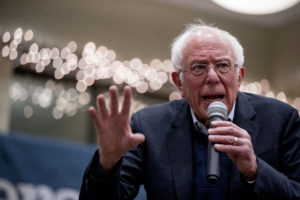
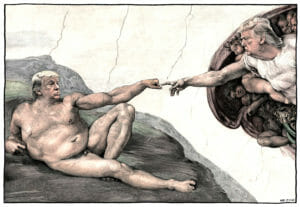


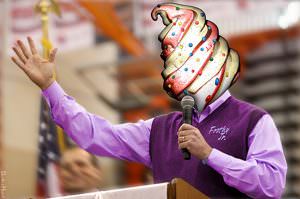
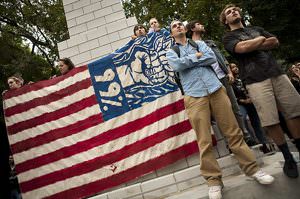
You need to be a supporter to comment.
There are currently no responses to this article.
Be the first to respond.